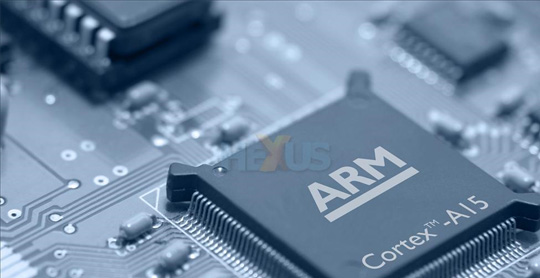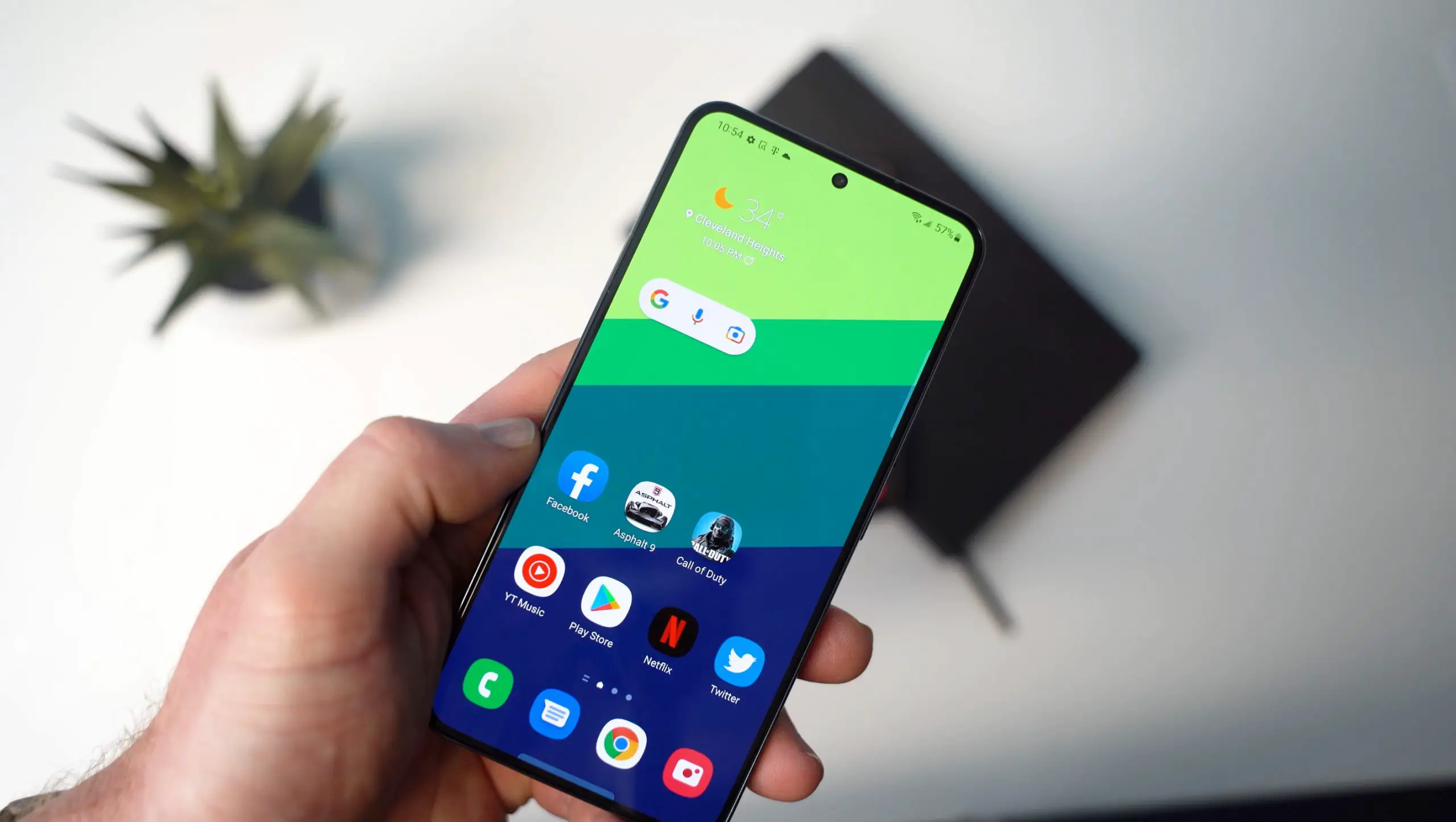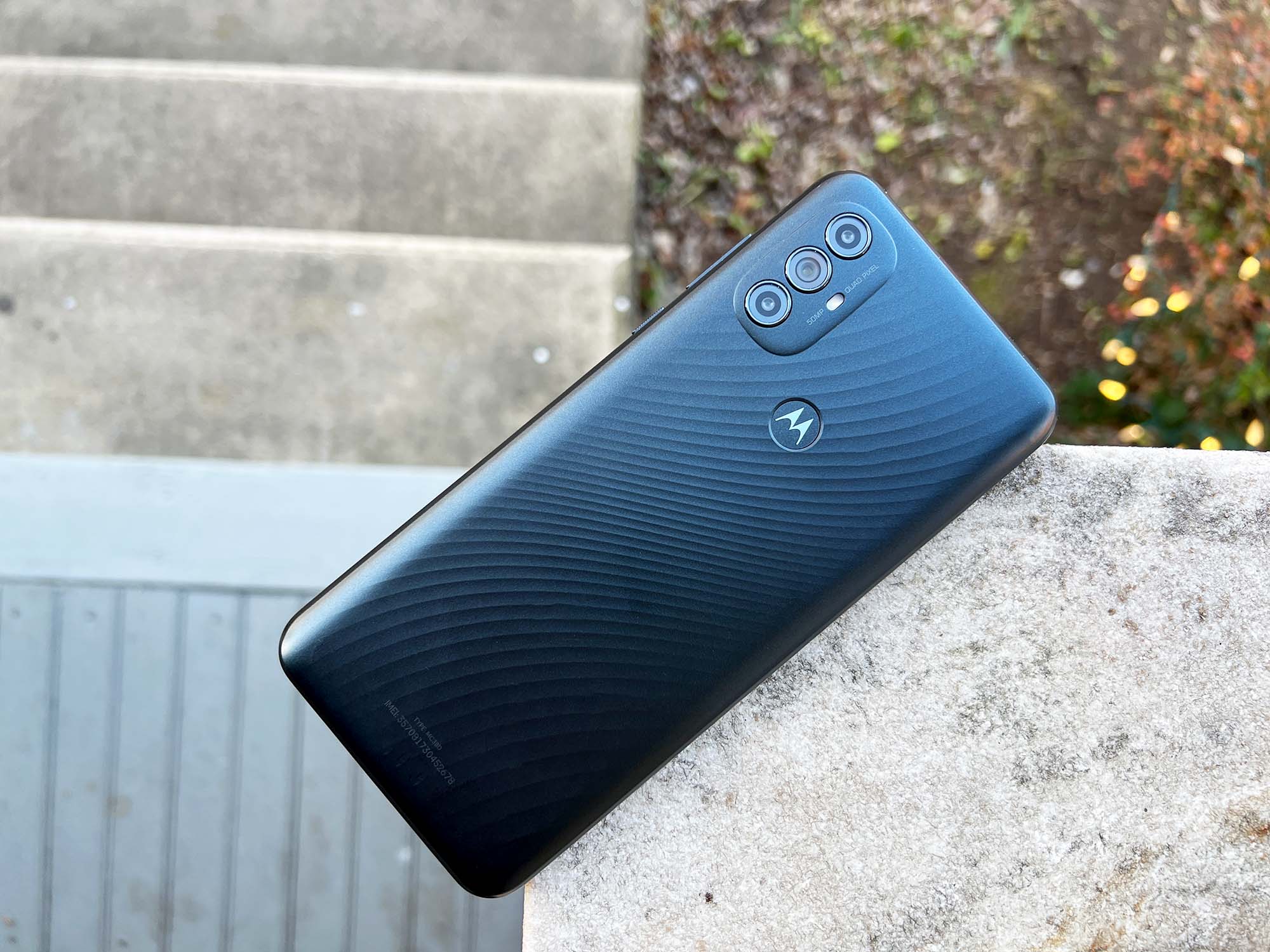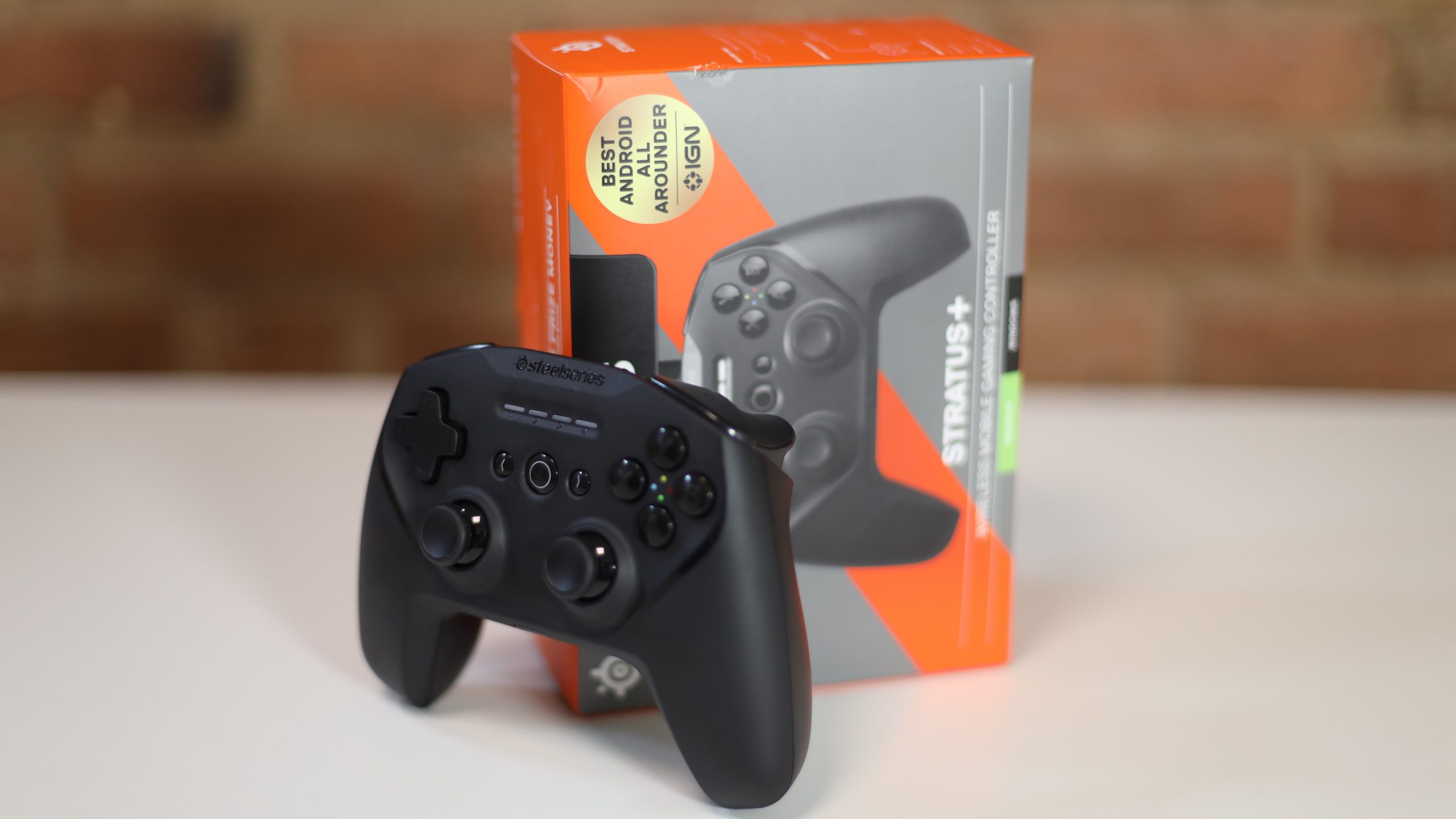Ok, consider my mind blown. ARM – the same folks behind the Cortex A-8 processors we enjoy in many chipsets today – has announced that they’ll be bringing out a 2.5GHz quad-core Cortex A-15 processor core, but don’t expect to see this thing tomorrow (or even next year). It’s not until 2012 (and that’s the later portions) when ARM expects to see first phones arrive with the core (and even that can change, with time). Also note that the timeframe they listed is only for phones – there are still tablets, netbooks, and other portable electronics that this thing will be perfect for.
But just from a phone perspective, I can’t even begin to imagine the performance increase we’d experience on an Android phone. 1GHz single core architects are already speedy enough for most, and we’re still waiting on several dual-core configurations from the likes of NVIDIA, Samsung, and Qualcomm in the coming months and year. Am I wrong to think that a quad-core 2.5GHz architect could be overkill for a phone?
More than anything, I’d like to be optimistic that battery technology will be able to keep up. The truth is that – unless some super secret development is going on behind the scenes somewhere – battery technology hasn’t really progressed enough in the past few years throughout this smartphone market explosion. It’s not a huge problem, per se: most are fine with the sub 10-hour battery life they get on some current devices, but I think the next step before we even start to consider quad-core processors in cellular phones is to make sure the batteries inside can handle all of that power.
Any pessimism aside, my mind is still blown and I’m just as giddy as you to see how a quad-core processor would perform inside of an Android device. Unfortunately, there’ll be a long period of waiting before we get to see that come to fruition (we don’t even know if any manufacturers will be eying this for their Android devices yet!). We’ll just rest easy knowing Samsung and Texas Instruments – two major chipset makers well-versed in the Android world – will be on board to bring this technology into their solutions once it finally hits.











I think the quad core A15 won’t be coming to mobile devices for some time. From what I see that’s slated for server duties, at least for a while.
Yea, that’s going to be their main focus. But the technology will still be adaptable for mobile computing out of the box. It’s scary to think about if that really ends up happening.
It is clearly overkill for a phone for now.
Whilst I doubt it’d be possible, it may be very much worthwhile, depending upon the technology behind it.
Let’s imagine for a second that all the cores except the one in use turn off when not in use. Also, let’s imagine that 3 of those 4 cores are designed solely for(or can be made to be, via software) other things. Perhaps one could be put to use for voice recognition, another for video capture and another for physics.
Again, I find it highly, highly unlikely that this will or can be done. If it was though, you’d have one dedicated core that could turn off parts of it that wasn’t in use(this already happens in laptop chips) and then three other cores that only came on when needed. Imagine how fast and accurate voice recognition(and, by extension, voice actions) could be if the on-board processor could strip-out any background noise(not every phone has two microphones for this) and in the data and break it down more logically. Then, when it hits the cloud, less bandwidth and time would be required to give us more accurate search results, email dictation and more.
Unlikely for now, but perhaps possible in a new generation of chips designed for smart phones and tablet computing that’s known to be reliant upon the cloud.
My laptop is running dual-core 1.6Ghz centrino…. *cries*
Oh yeah this article is a bit misleading, ARM themselves state that you will most likely be running at 1.5Ghz on phones, not 2.5.
i think its the time to develop the batteries or make it bigger
Just from frequency and cores, 2.5Ghzx4 is 10 times as powerfull as 1Ghz single core. According to moores law, thats still 5-6 years away. I don’t believe we will see quad 2.5Ghz cores in mobiles anything earlier.
2 years away though people, remember where we were 2 years ago.
Hard to even imagine what user requirements will be by then.
i still remember my poor little amstrad 6128 with 128mb of ram, the thoughts then of quad cores and gigs were rediculous.
personally i cant wait
Moore’s law was created in the age of the desktop computer. Yes, that doesn’t mean it can’t apply to other forms of computing, but innovation in the mobile market is such that it’s likely to be far ahead of that curve.
In reality, Intel use that rule to allow themselves to not push as hard as they used to.
There are already 6-core AMD desktop chips and it may well be 5 years before they reach laptops, but phones may well reach clock speeds and sufficient cores per chip to reach 10 gigahertz in the next 3 years, no one really knows. In the end, it’s possible, but it’s all down to what demand there is for that hardware, whether sufficiently-demanding applications are built and if handset makers want those chips. Chances are they won’t, so perhaps our phones won’t reach 10 gigahertz for a decade, but it’s possible they can if the manufacturers chose to make the chips.
It’s also worth remembering that my current quad core processor uses less power than my old Pentium 4 did, despite going from a single core to a quad core and the actual productivity going up 8 fold.
“Am I wrong to think that a quad-core 2.5GHz architect could be overkill for a phone?”
Why would you think this chip is for a phone?
Oh, I’m sure the devices with this chip will be the same size as phones today, and they’ll be able to make phone calls and video calls and all that, but that’ll only be a tiny subset of their functions. Think an old mechanical rotary phone versus a Nexus One of iPhone 4, and then multiply the difference by about ten gazillion… that’ll be the difference between the phones of today and the phones running on these chips ;)
@bemymonkey mainly because Samsung was listed as a partner, but I can’t see them putting this into their netbooks, for some reason. They’ve had a good relationship with Intel in that regard. I’m not sure about any other embedded technologies they might use it for, though, such as set-top boxes.
What everyone fails to realize is that smartphones will become the Netbook/Laptop replacement. When home the phone plugs into a dock that gives you Keyboard, Mouse and fixed storage of some kind. The HDMI out is passed through and hooked into a 20 something inch monitor. You unplug the phone from the dock whammo! You have a phone again with the documents and work you wanted saved to its’ 64GB card. Sounds a bit far fetched… it’s coming.
We can all dock our phones and night and work on distributed computing problems! Folding@home? SETI? Prime number searches….. sounds great! Add a billion devices to work on large problems.
There is a BOINC client for Android. Anyone ever use it?
My Samsung M800 arrived before it was a processor game so I am not even running two apps at the same time. What am I saying. This phone doesnt have apps. lol It would be nice to get my hands of something with a 1ghz before I start dreaming of going front ways and sideways with Willy Wonka in a Cortez A15.
@Mathias, Moore’s Law has already been busted on so many levels. Also, Moore’s Law refers to the number of transistors on a chip, not directly the processing speed.
This could potentially be a competitor for the Atom line of Intel chips in netbooks and tablets in the future. While this technology on a phone would be very exciting, we have to remember that this kind of micro technology can also fuel other fun and portable gadgets. Imagine a netbook or tablet with that sort of power, as well. Yikes.
Mobile chips have a very bright future, but as the article states without a huge leap ahead in battery technology… it’ll suck. Current phones nearly require an aftermarket or extended battery to get acceptable life while actually using the device. Here is to hoping for a battery revolution…. just before these chips ship. =P
I don’t know what people are so excited about and why this kind of news is even on this site. It would be easy to make a 4Ghz processor with 32 cores. The problem is that it would draw too much current and your battery would suck. So, the technology advancements to be interested in isn’t the speed or the number of cores, it’s the power usage! Show me a 2Ghz quad core processor with a faster GPU that draws half the power of current 1Ghz processors and then I’d be impressed and it would be worth posting on this site.
Because if it’s worth doing, it’s worth overdoing
@teckel
I understand what you are saying about the battery usage. But Arm Holdings did not get to the top out of luck and good guessing. They seem to know what they are doing. So I’m pretty sure they have at least good knowledge of the battery usage of this new processor. Don’t think of this processor for just consumer use. Government agencies, scientific research and the military also uses smartphones for their work. This processor, if successful will make a huge impact.
Moore’s law is not applicable any longer, certainly can’t be used to second guess a manufacturers timetable.
The reality is a quad core is often just 4 single cores put on the same silicon.
Moore’s law didn’t stop someone from buying 4 processors, packaging them together and calling them 1.
Quad cores have been out for a long time.
@Mathias
its not “2.5×4”, its 4 cores that equal 2.5ghz total. so your assessment of moores law is not relevant
Arm states that this part is geared toward “netbooks and laptops”, bystanders speculate also servers. If I had to guess, I’d say this chip might be a huge success in the server market but it’s WAY to power-hungry to put into anything except a very niche market phone, like a phone for people who only need two hours of battery life away from the charger or don’t mind carrying a phone attached to a laptop-sized battery.
@Mathias its not “2.5×4″, its 4 cores that equal 2.5ghz total. so your assessment of moores law is not relevant
You are incorrect each core will run at 2.5ghz so at 4 cores
equals 10ghz of processing power.
Moores law has nothing to do with processor speed or performance, but how many transistors you can buy per dollar. Stop talking out of your rear ends and spend five minutes researching. I guess this is what happens when we start getting x iPhone users.
as has already been said “Moore’s law describes a long-term trend in the history of computing hardware. The number of transistors that can be placed inexpensively on an integrated circuit has doubled approximately every two years.”
Also, the clock speed of a processor really doesn’t have that much bearing on how much processing power it has…
Hell, pentium 3’s topped out at 1.2Ghz if my memory serves, and that was quite a few years ago, now the chips aren’t running exponentially faster, but the amount of data they process per clock cycle has gone WAY up plus they’ve added additional cores to make them even more powerful.
It’s a different world, clock speed means very little for your processor. It does still mean a fair amount for your RAM though…